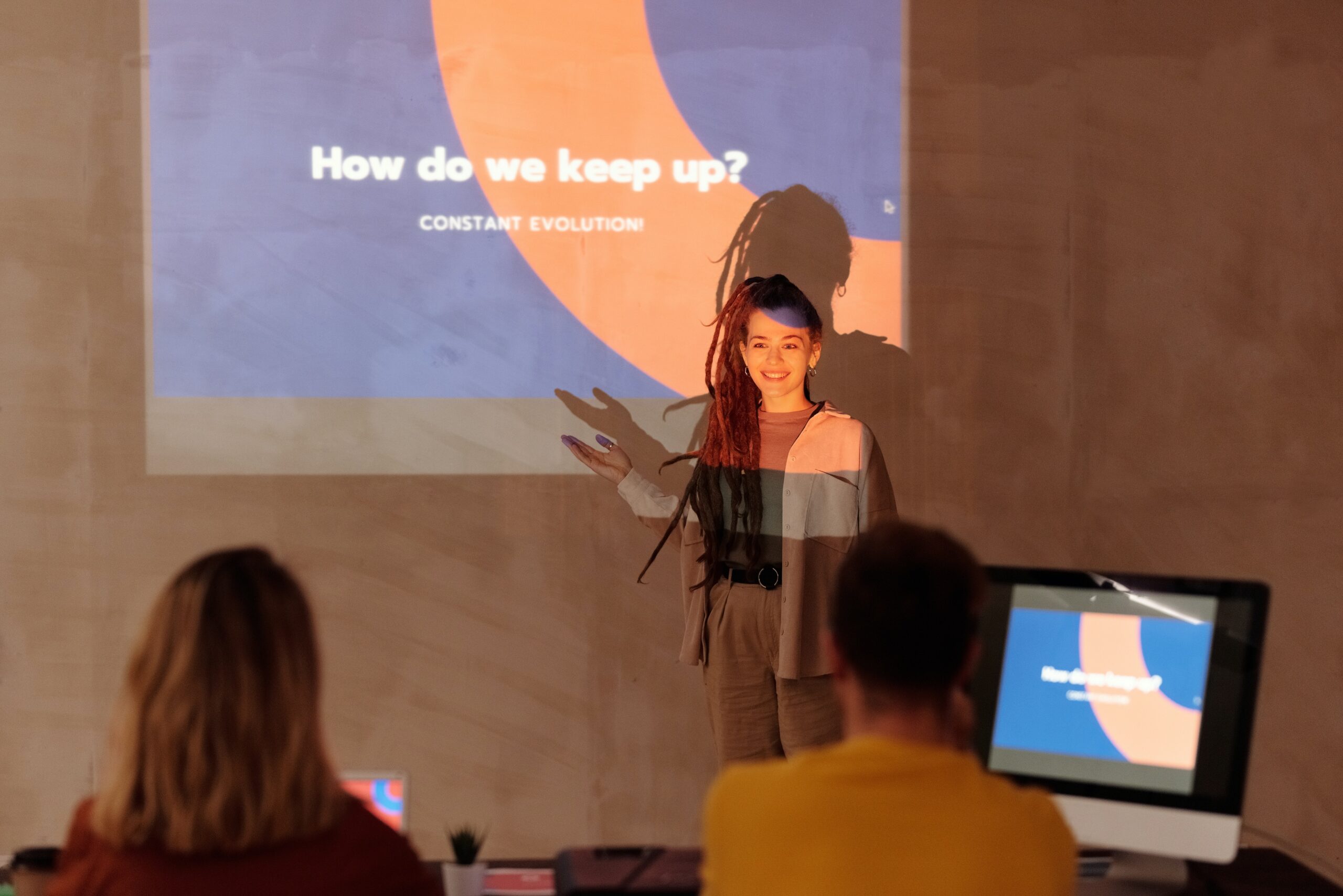Part One – Powerful Presentations: Know Your Audience

What is the most important part of your presentation? The topic? The impact? The takeaways?
All three are important, but none of the above will result in an effective presentation without an engaged audience. My rule is that “It’s never about you, it’s all about your audience.” The number one way to ensure the success of your presentation is to understand your audience. This does not mean tailoring the material to what they want, but tailoring the way you present the material to what they need.
I see this time and time again, with my clients and with my university students, they stand up in front of a group with passion and excitement but completely miss the mark on what their audience needs. Even boundless enthusiasm does not guarantee an engaged audience if you have not taken the time to properly prepare for the needs of your audience.
So how do you figure out what your audience needs?
The first thing you need to do is research your audience. What is their background? What do you need to know about the industry or organization? What motivating factors have left them in your audience? What are their expectations from you?
Are you a trustworthy source?
You need to build the trust of your audience. Not everyone will know who you are, or know your credentials, so take some time building the trust of your audience. How do you build trust? I always like to start with a personal story. In order to build trust, you have to risks first. Share something personal about you, which relates back to the topic. It is a great way to create an intimate relationship with your audience.
Your appearance can also affect how your audience will perceive you. Being underdressed will cause some questions about your credibility.
If you are able, greet them at the door. Take a chance to get to know these people a bit better, build a relationship and also figure out what kind of previous knowledge and expectations they have of your presentation.
Find a way to weave your credibility into the introduction of your speech. Take time to explain why you are an expert in this topic. Give them some background on the structure of the presentation. This will allow them to focus on you and your knowledge, rather than lose focus wondering about the question period or break time.
A common mistake that well-rehearsed, enthusiastic speakers make is forgetting about their audience. They present a thorough, well-researched topic but completely miss the mark by speaking in unknown industry jargon or telling a relevant story that is inappropriate for the spectators. Language is important.
With a well-researched audience, you are able to read the room better, play off the energy of their response and avoid making small mistakes that kill the message.
Knowing your audience will result in a more effective and powerful presentation. Your audience will be more engaged as you will be presenting your material in a language they understand. Building the trust of your audience ensures that your message will be well received, as you will be viewed as a reliable source.
Stay tuned for part two of Powerful Presentations: Making Your Message Count
If this post has you curious and you’d like to learn more, I offer a variety of online training programs, live corporate training workshops, blended learning bundles, EI retreats, EQ assessments, and coaching packages.
Learn more about emotional intelligence in my previous blogs:
- A Leader’s New Best Friend
- What’s Your Score?
- What Really Matters
- Once You Know Better, You Do Better
- Can You Express Your Feelings?
- Are You Assertive?
- Freedom = Independence
- Interpersonal Relationships – Connecting with Others
- Walking In Someone Else’s Shoes
- Lend a Helping Hand
- Problem Solving – Emotions Can Help, Not Hurt Your Process
- Test What Is Real
- Controlling Your Impulses – What to do When Temptation is Calling Your Name?
- Stretch And Get Flexible
- Stress Can Be A Mess
- Optimism – The Key to a Brighter Day



